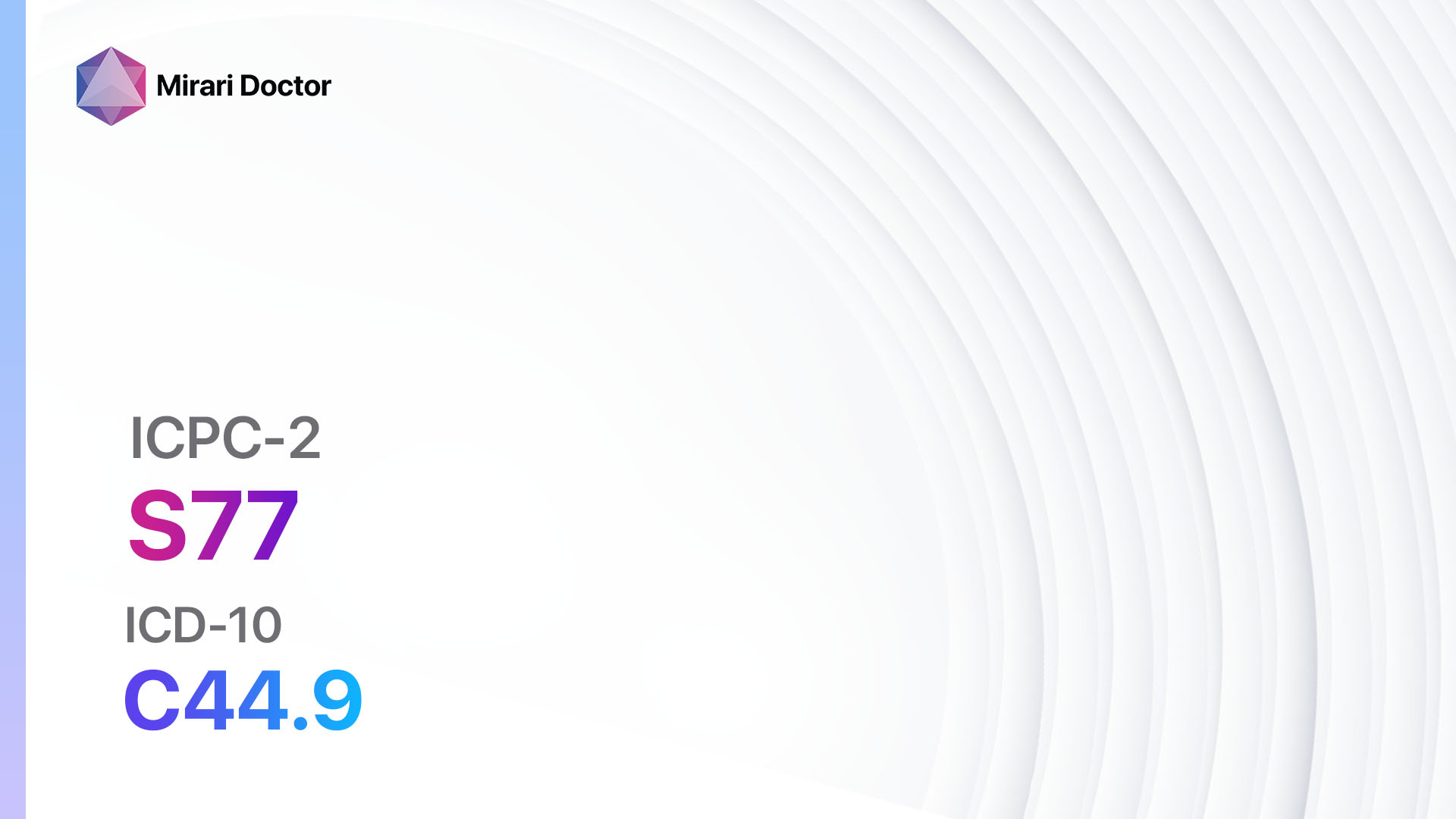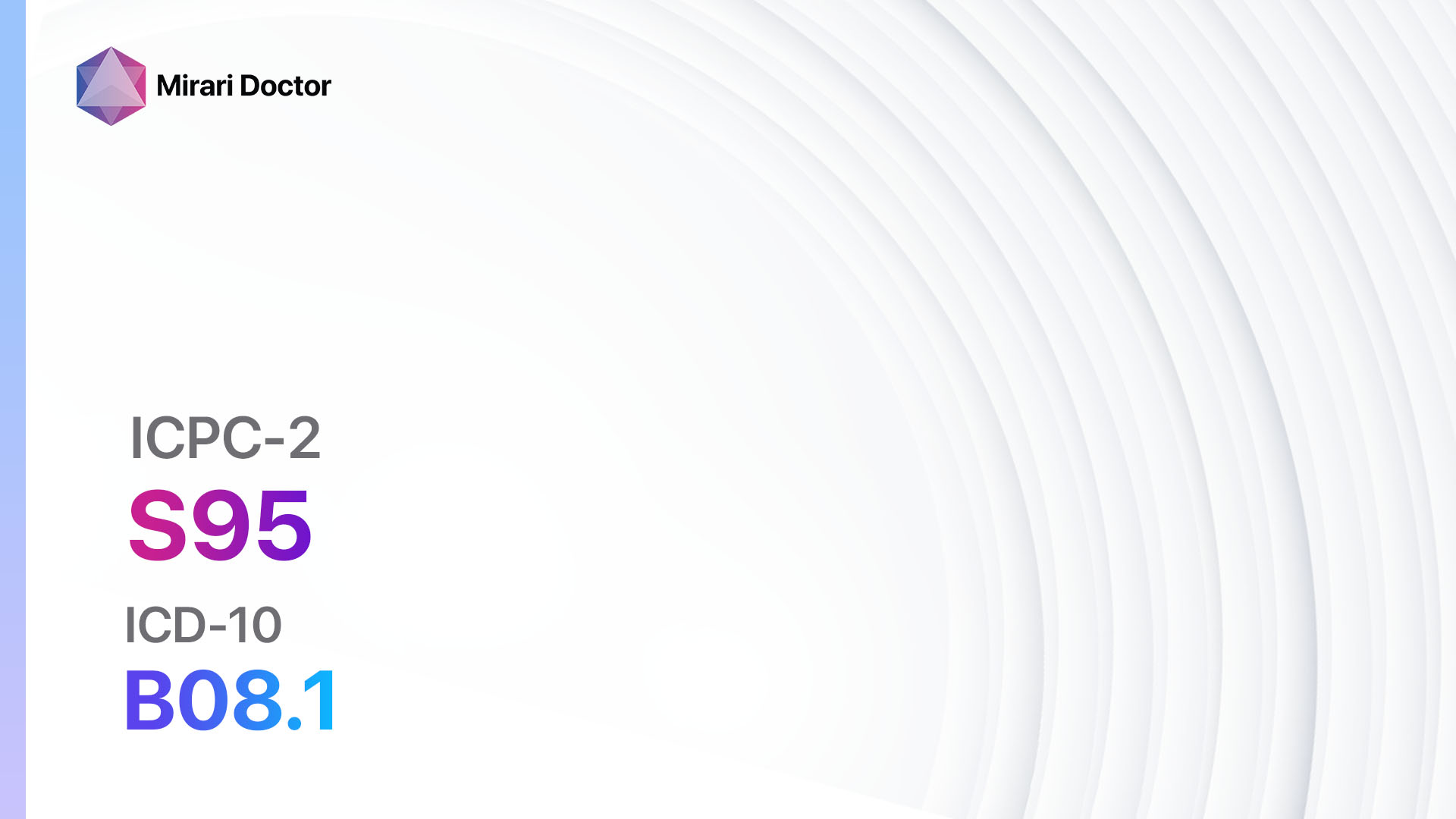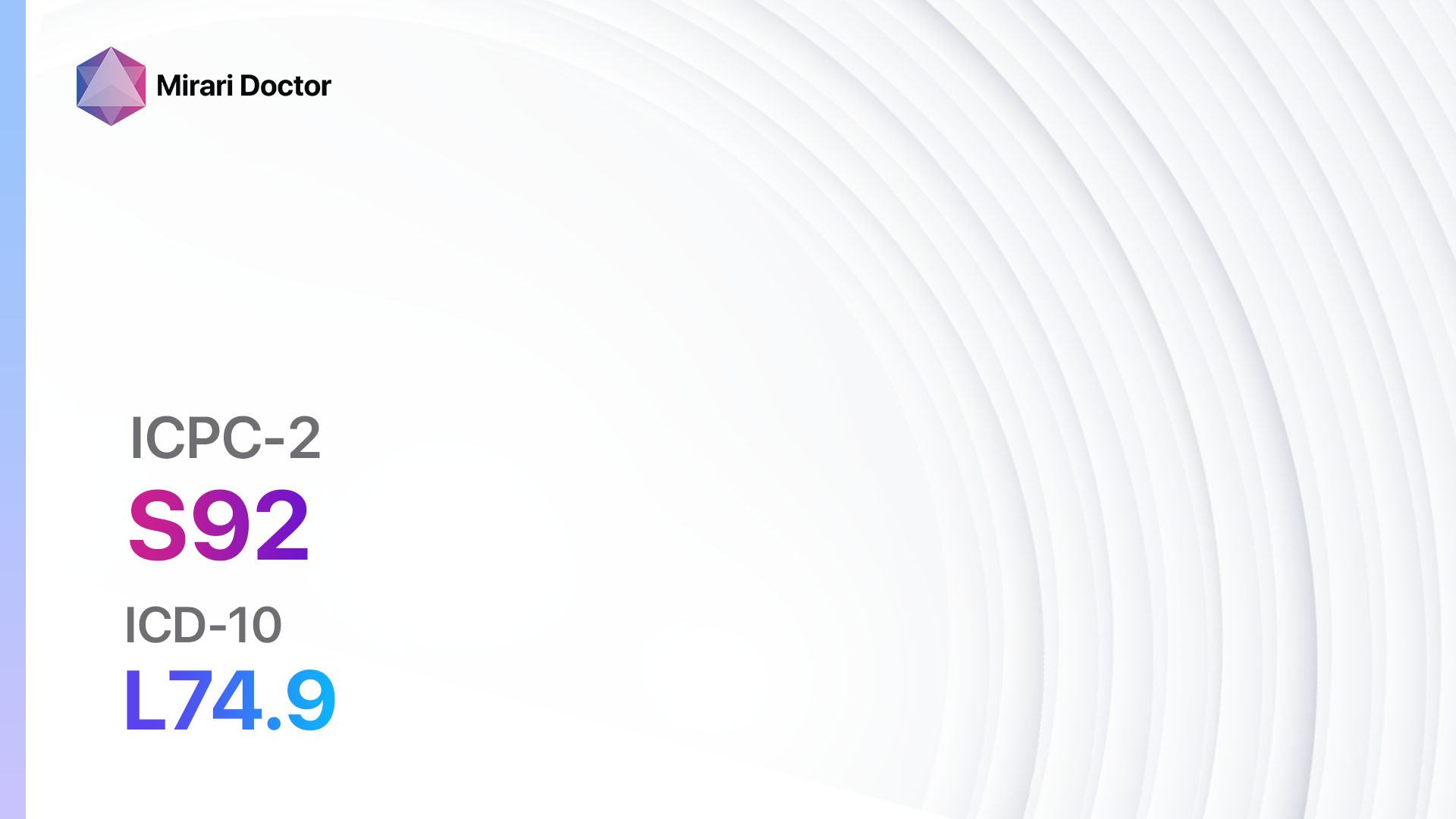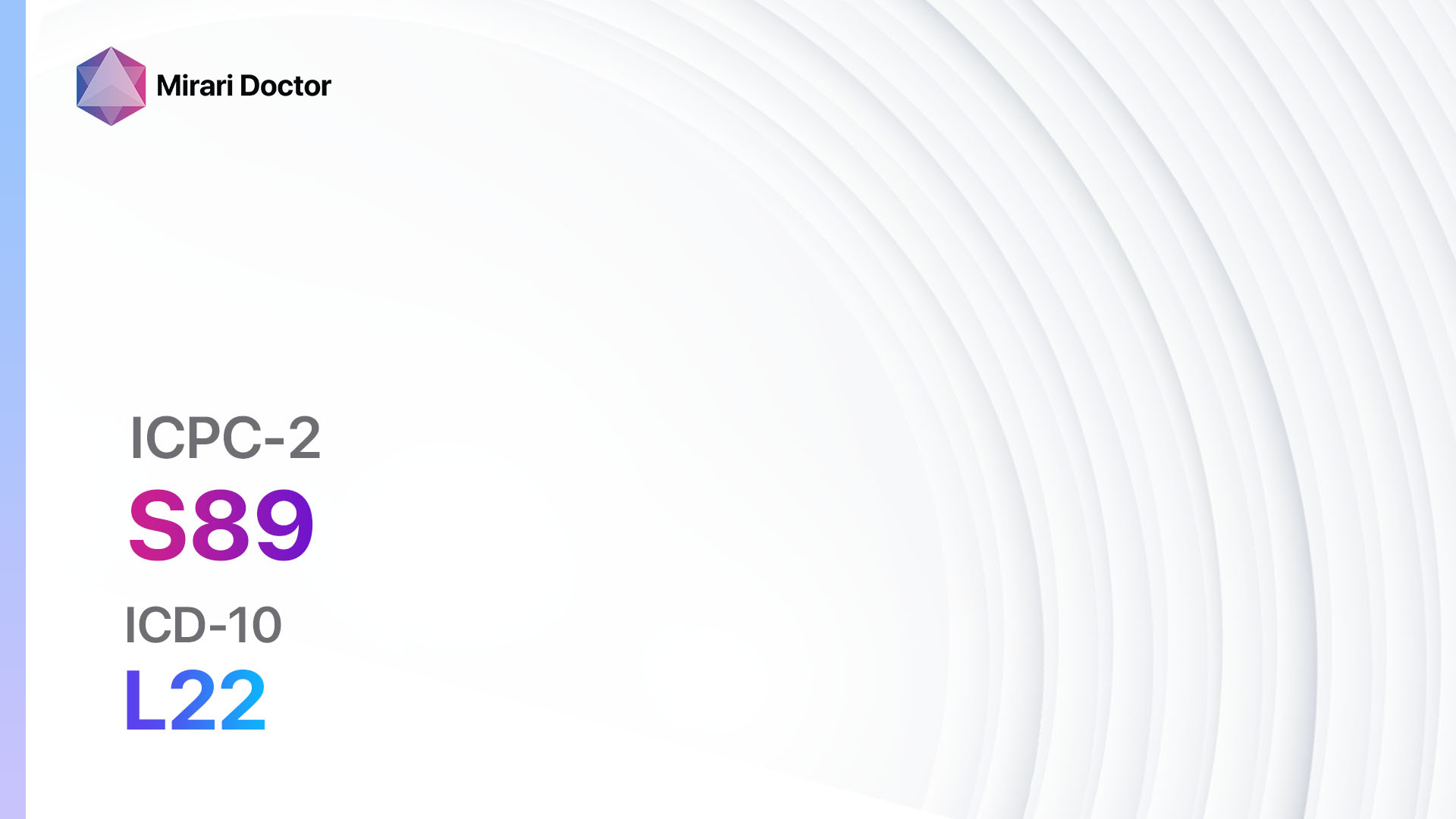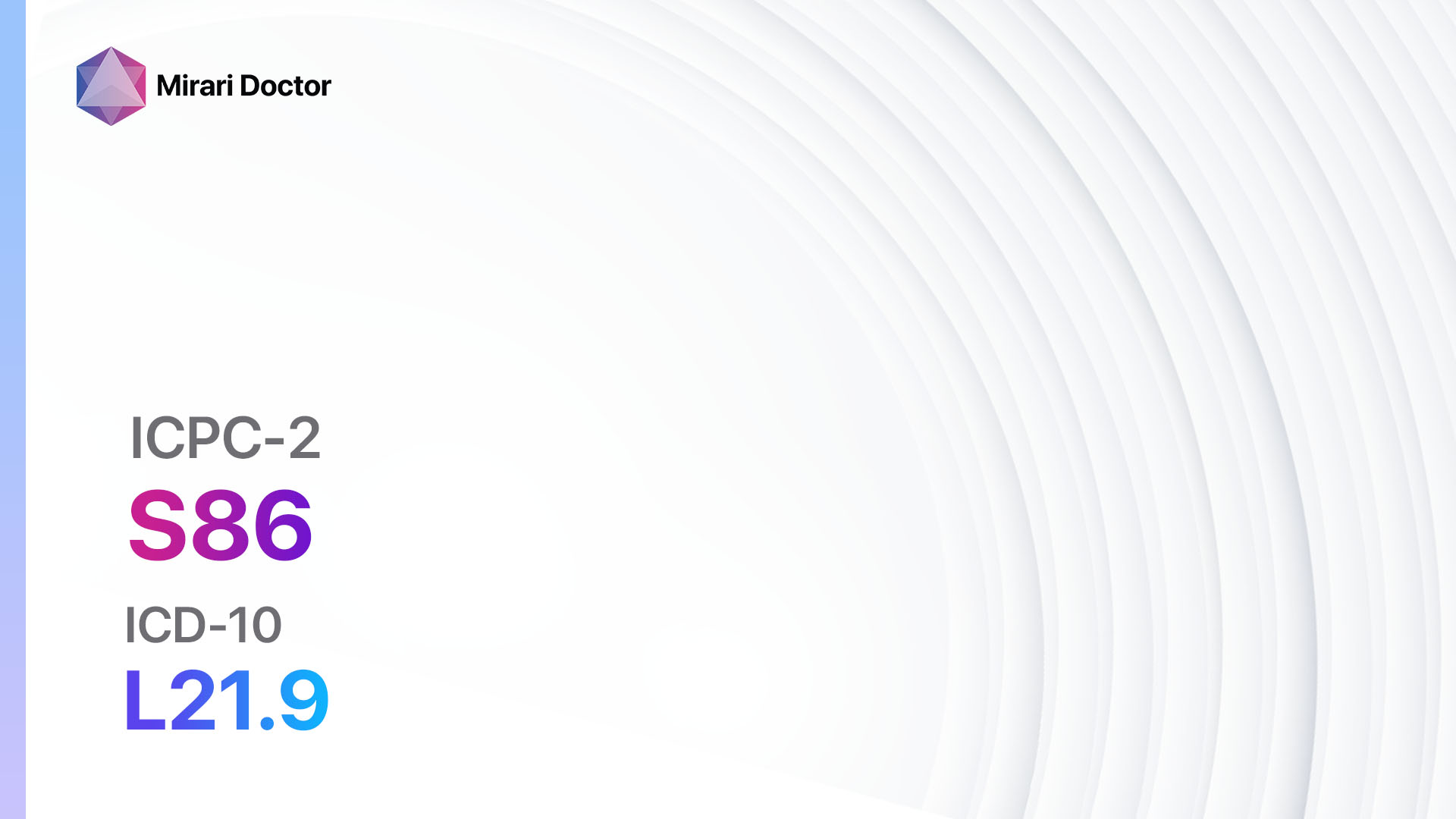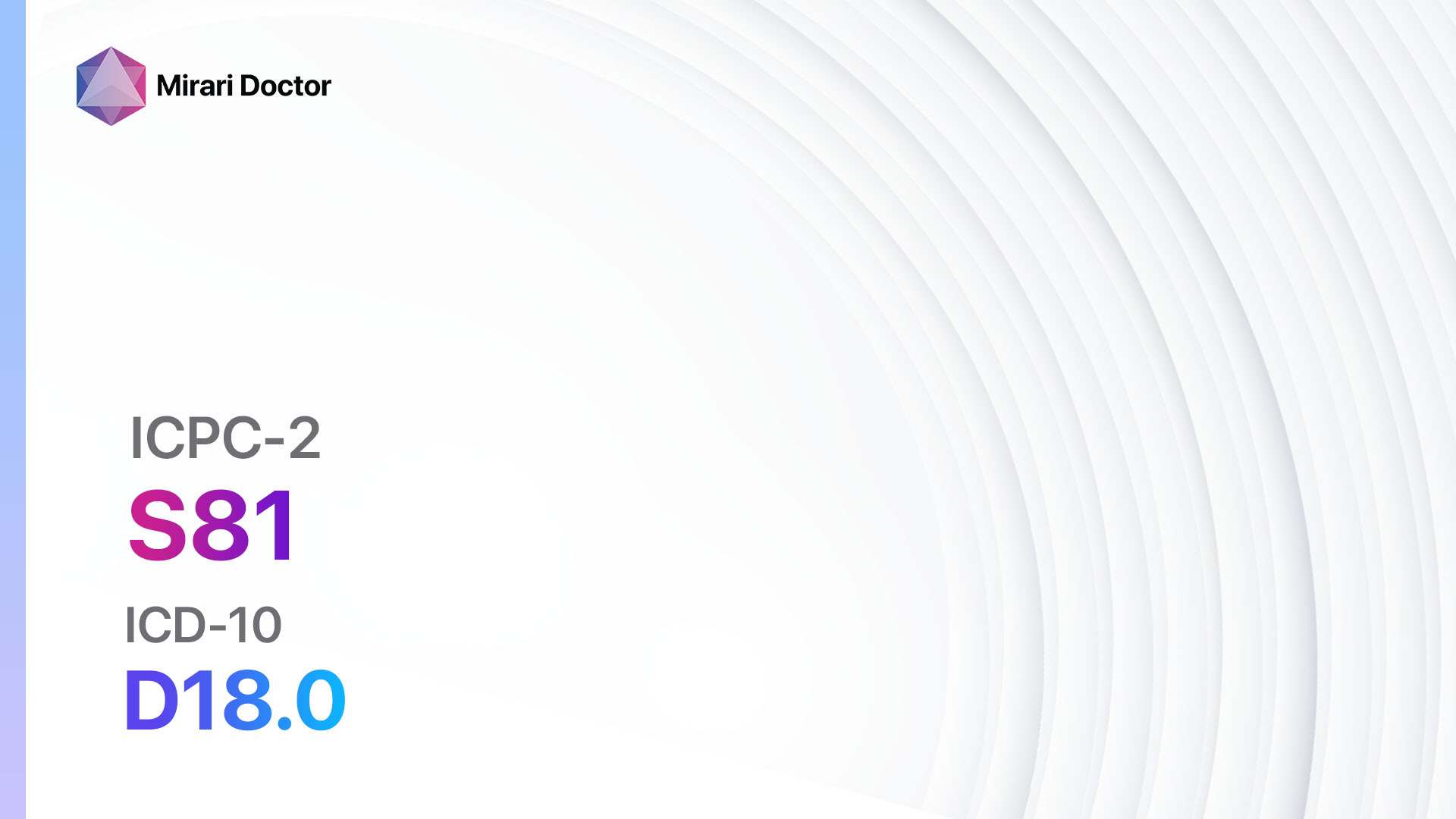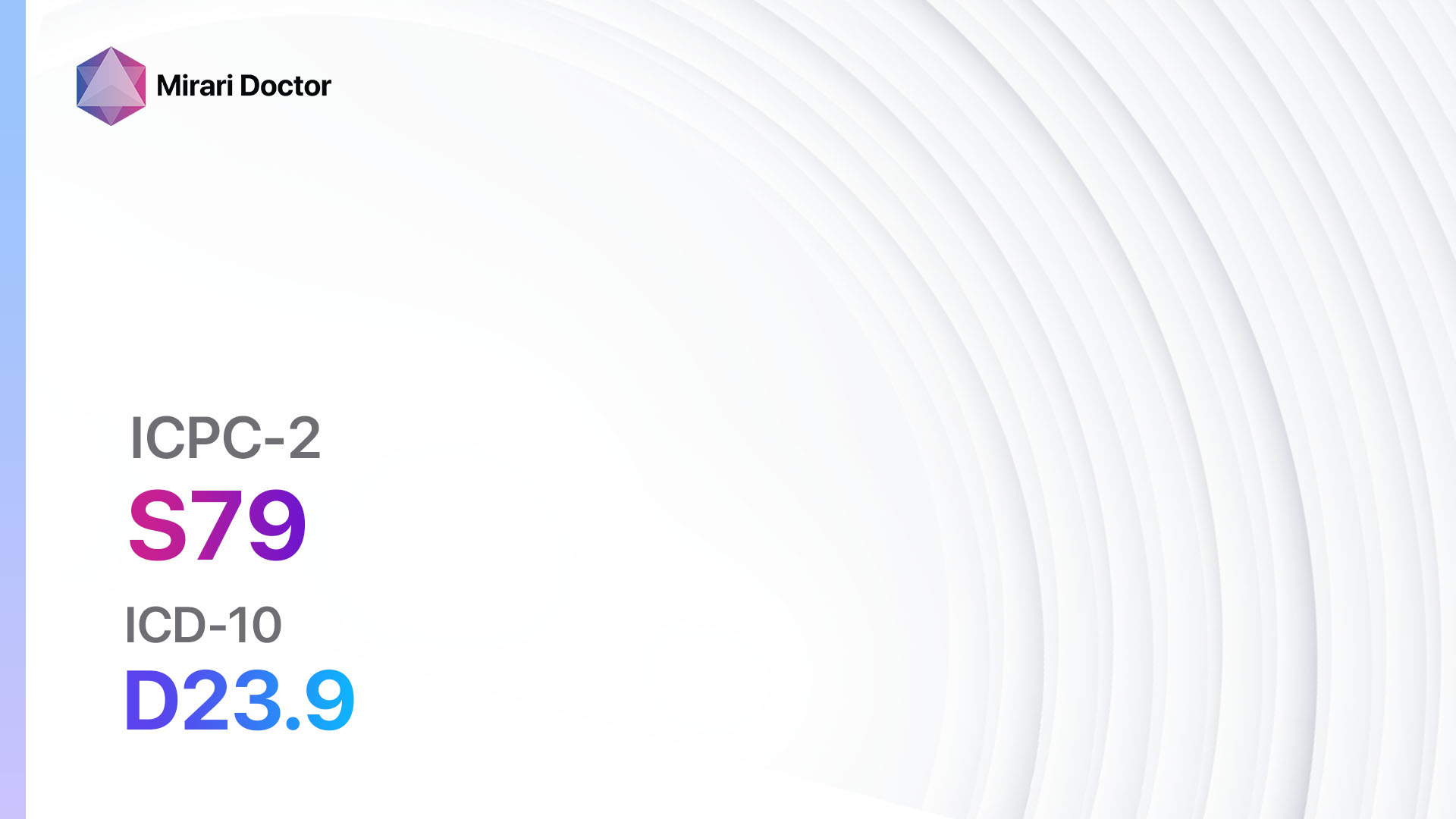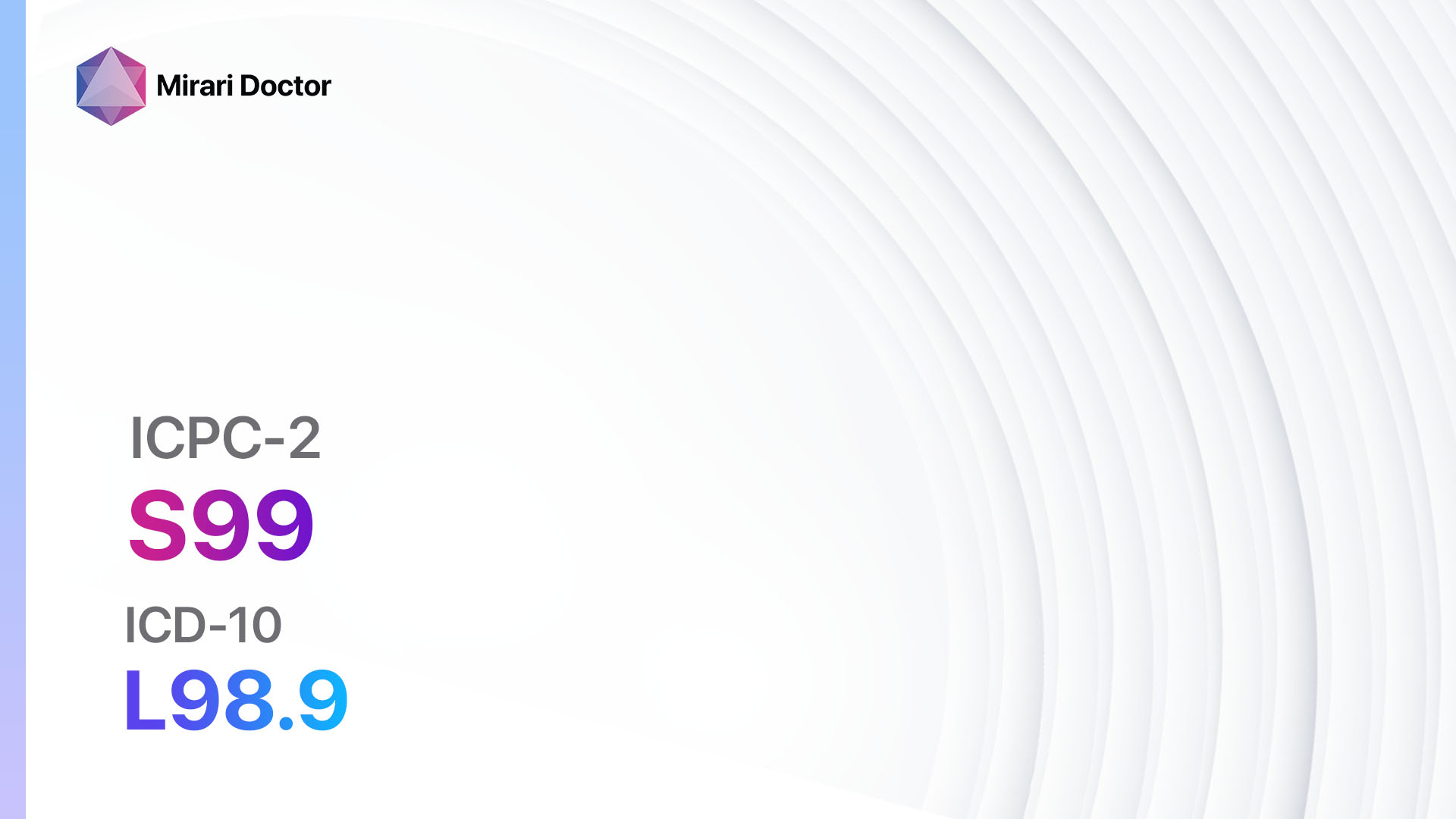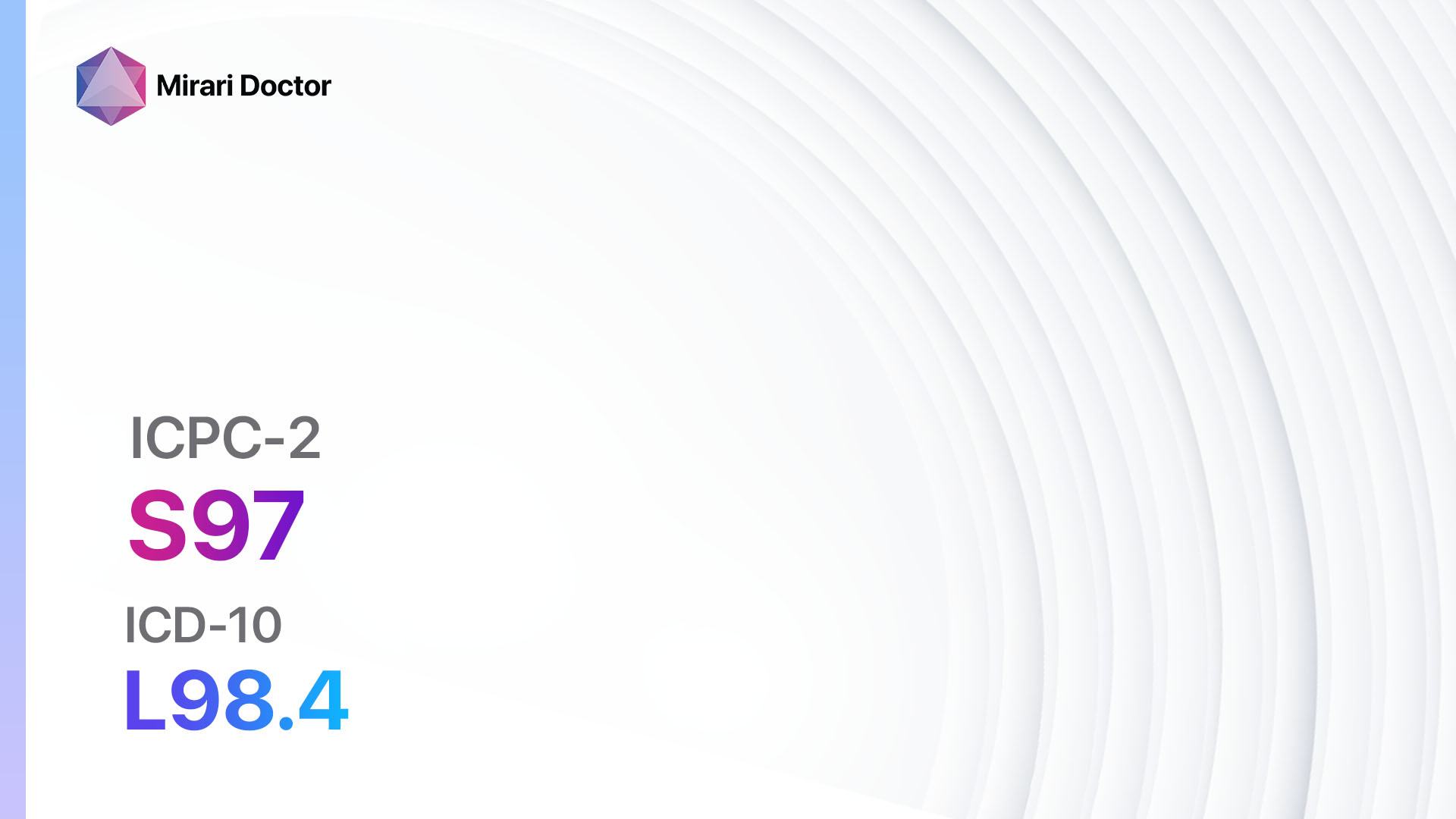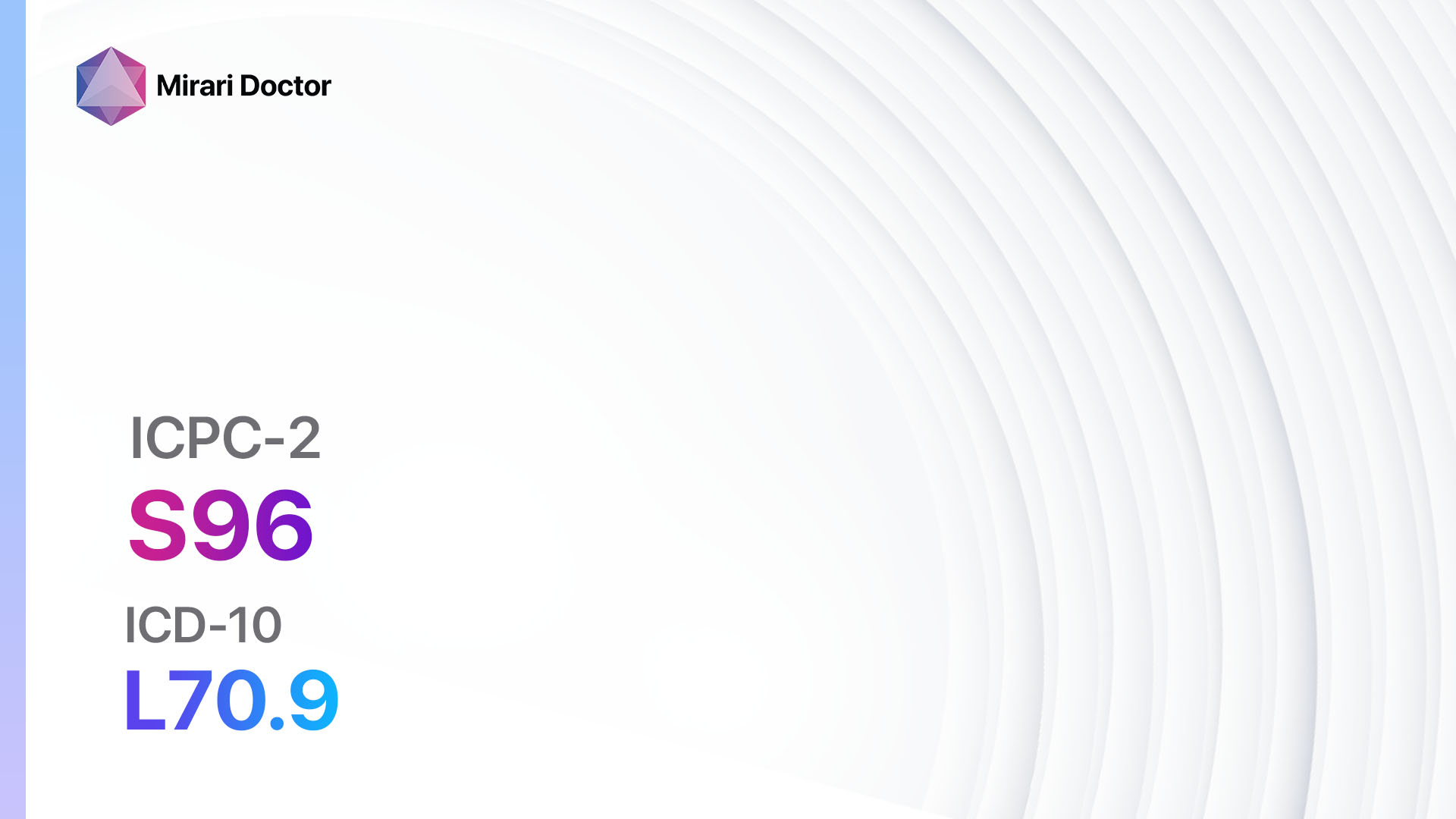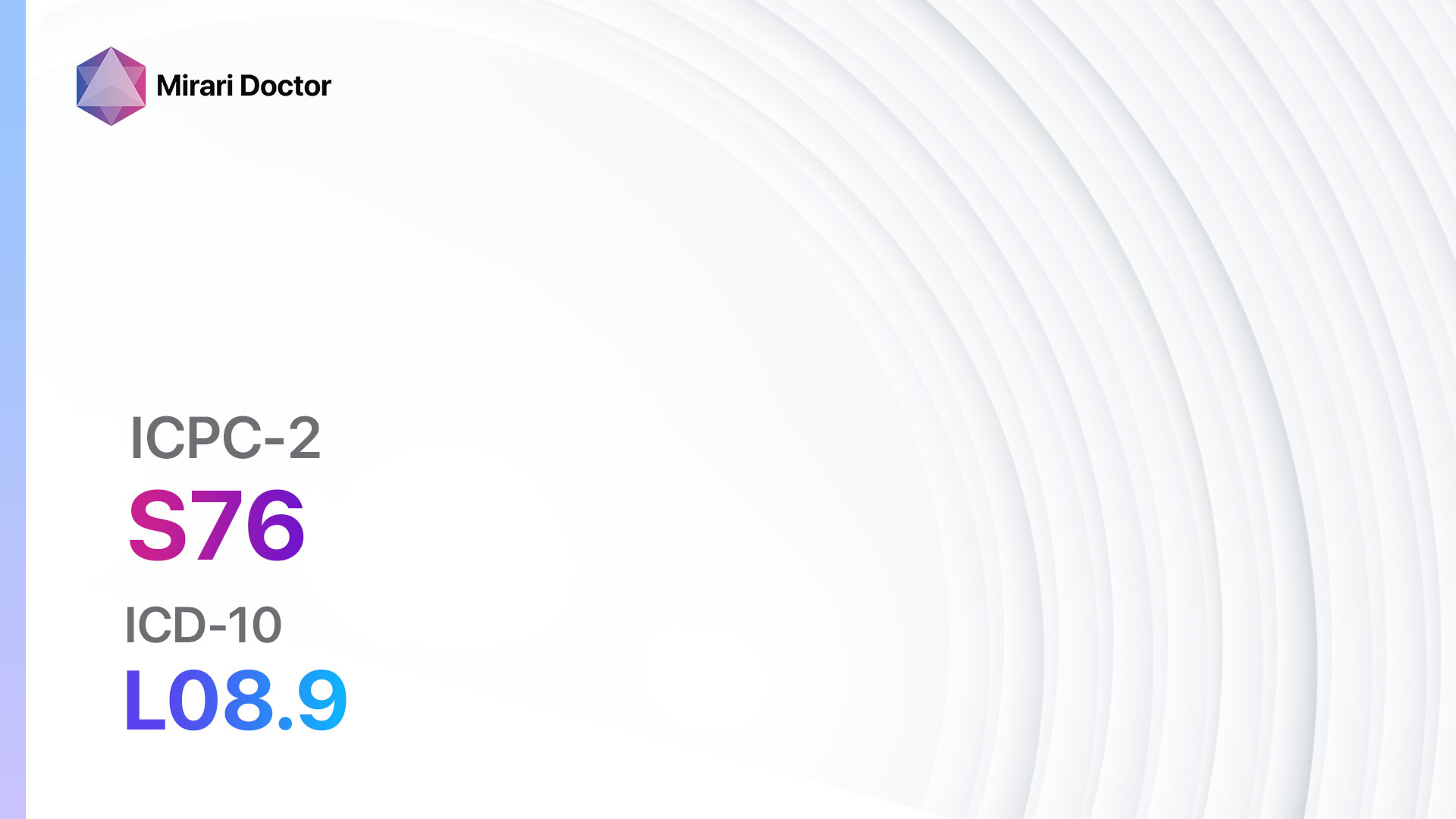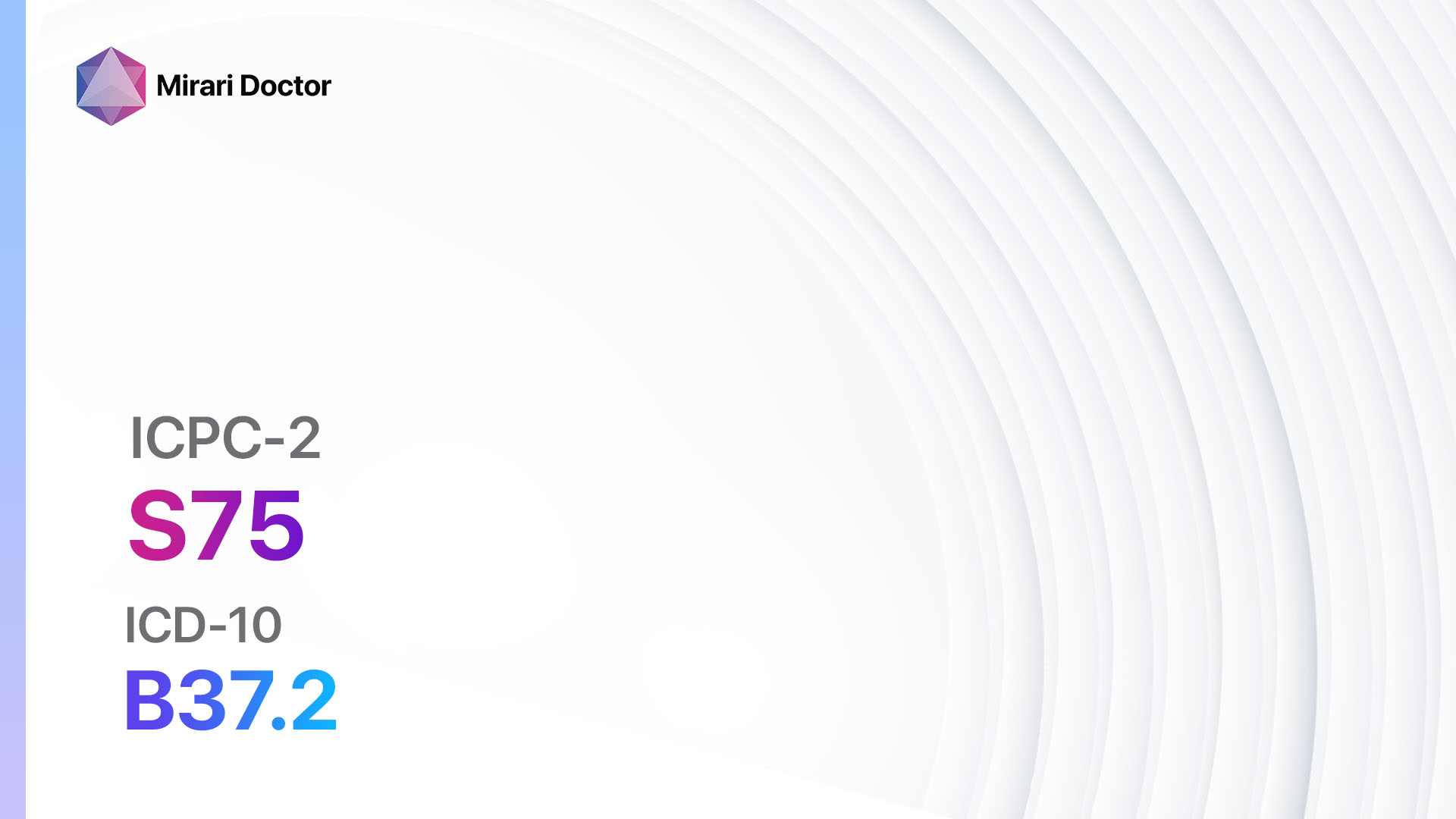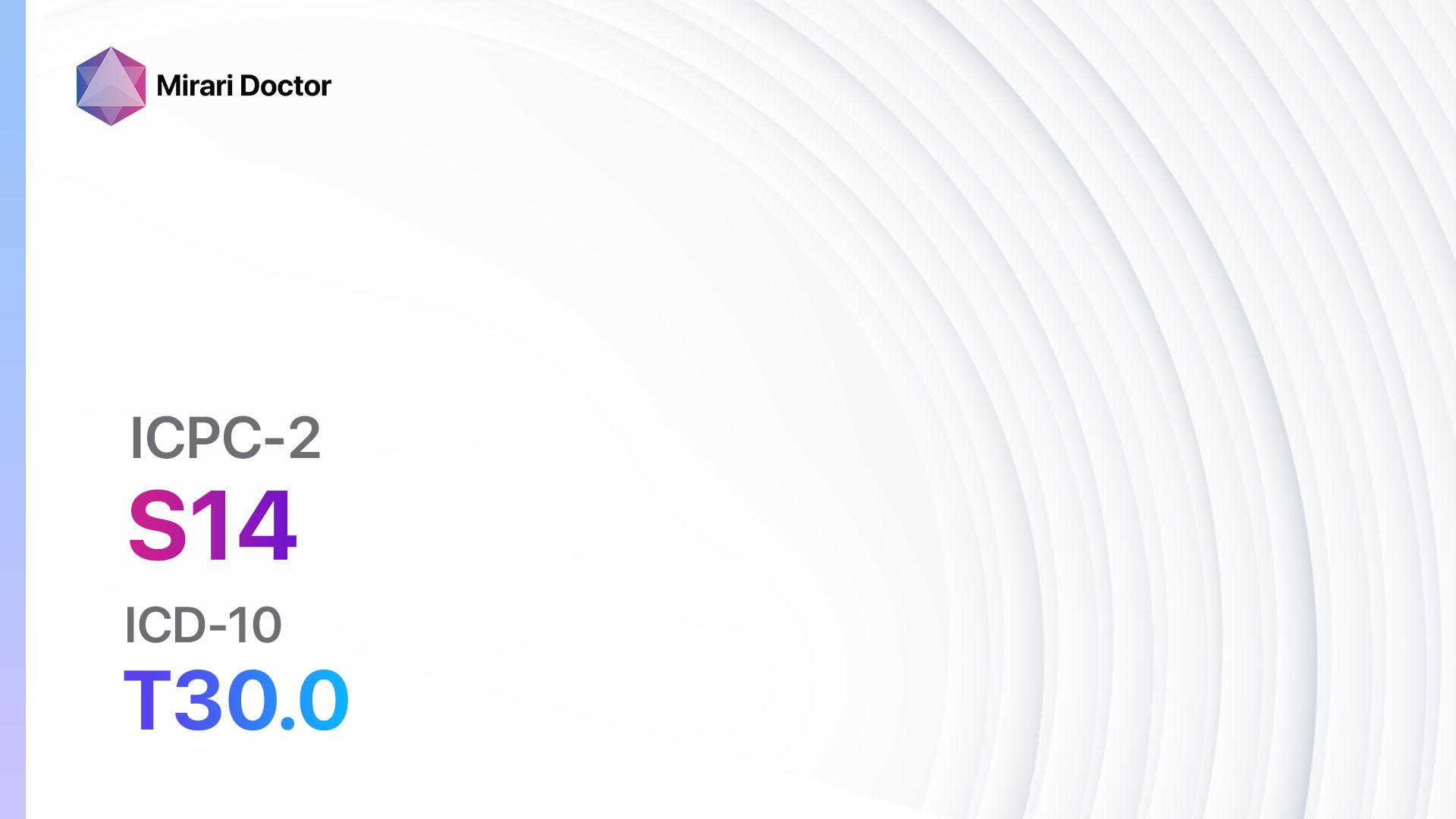
Introduction
Burns and scalds are common injuries that can result in significant pain, tissue damage, and potential complications[1]. The aim of this guide is to provide healthcare professionals with a comprehensive overview of the diagnosis and management of burn and scald injuries.
Codes
Symptoms
- Redness and swelling of the affected area[2]
- Blister formation[3]
- Pain and tenderness[4]
- Peeling or shedding of the skin[5]
- Discoloration of the skin[6]
- Difficulty moving or using the affected area[7]
Causes
- Contact with hot objects or surfaces[8]
- Exposure to flames or fire[9]
- Scalding from hot liquids or steam[10]
- Electrical burns
- Chemical burns
Diagnostic Steps
Medical History
- Gather information about the cause and circumstances of the burn or scald injury
- Assess the patient’s overall health and any pre-existing medical conditions
- Identify any risk factors for complications, such as diabetes or immunosuppression
Physical Examination
- Assess the extent and severity of the burn or scald injury
- Determine the depth of the burn (superficial, partial-thickness, or full-thickness)
- Evaluate for signs of infection, such as redness, swelling, or pus
- Assess for any associated injuries or complications, such as inhalation injury or fractures
Determine Severity
- Superficial burn (first-degree): Involves only the outermost layer of the skin, characterized by redness, pain, and no blister formation.
- Partial-thickness burn (second-degree): Involves the outer layer of the skin and part of the underlying layer, characterized by blister formation, severe pain, and redness.
- Full-thickness burn (third-degree): Involves all layers of the skin and may extend into the underlying tissues, characterized by white or charred appearance, numbness, and potential loss of function.
Laboratory Tests
- Complete blood count (CBC): Assess for signs of infection or anemia
- Blood glucose levels: Evaluate for diabetes or impaired glucose tolerance
- Blood chemistry panel: Assess kidney and liver function, electrolyte levels, and overall health status
- Cultures of any suspicious wounds or blisters
Diagnostic Imaging
- X-ray: Evaluate for fractures or foreign bodies in the affected area
- CT scan: Assess for deeper tissue involvement or complications, such as compartment syndrome
- MRI: Useful for assessing soft tissue injuries or suspected nerve damage
Other Tests
- Pulmonary function tests: Assess for inhalation injury or smoke inhalation
- EKG: Evaluate for potential cardiac complications in electrical burns
- Consultation with a specialist, such as a plastic surgeon or burn specialist, for further evaluation and management
Follow-up and Patient Education
- Schedule regular follow-up appointments to monitor healing and assess for complications
- Provide detailed instructions on wound care, including dressing changes and hygiene practices
- Educate the patient on signs and symptoms of infection or worsening of the burn
- Discuss the importance of pain management and provide appropriate analgesics
- Address any psychosocial concerns or emotional support needs
Possible Interventions
Traditional Interventions
Medications:
Top 5 drugs for Burn/scald:
- Topical antimicrobial agents (e.g., Silver sulfadiazine, Mupirocin):
- Cost: $10-$50 per tube.
- Contraindications: Hypersensitivity to sulfonamides or mupirocin.
- Side effects: Local skin reactions, allergic contact dermatitis.
- Severe side effects: Systemic absorption leading to hematologic or renal toxicity.
- Drug interactions: None reported.
- Warning: Avoid use in large or deep burns, as systemic absorption can occur.
- Analgesics (e.g., Acetaminophen, Ibuprofen):
- Cost: $5-$20 per bottle.
- Contraindications: Hypersensitivity to the drug, severe liver or kidney disease.
- Side effects: Upset stomach, drowsiness.
- Severe side effects: Liver or kidney damage with overdose.
- Drug interactions: Warfarin, other NSAIDs.
- Warning: Follow recommended dosages and avoid exceeding the maximum daily dose.
- Antibiotics (e.g., Cephalexin, Clindamycin):
- Cost: $10-$50 per bottle.
- Contraindications: Hypersensitivity to the drug, history of severe allergic reactions to other antibiotics.
- Side effects: Upset stomach, diarrhea.
- Severe side effects: Severe allergic reactions, Clostridium difficile infection.
- Drug interactions: None reported.
- Warning: Use only if signs of infection are present or if there is a high risk of infection.
- Tetanus prophylaxis (e.g., Tetanus toxoid):
- Cost: $20-$50 per dose.
- Contraindications: Hypersensitivity to the vaccine or previous severe reaction.
- Side effects: Local pain or swelling at the injection site.
- Severe side effects: Anaphylaxis (rare).
- Drug interactions: None reported.
- Warning: Ensure up-to-date tetanus immunization status and administer booster if necessary.
- Systemic analgesics (e.g., Opioids):
- Cost: Varies depending on the specific medication and dosage.
- Contraindications: Hypersensitivity to the drug, respiratory depression, severe asthma.
- Side effects: Sedation, constipation, nausea.
- Severe side effects: Respiratory depression, addiction.
- Drug interactions: Benzodiazepines, alcohol.
- Warning: Use with caution and monitor closely for side effects and signs of respiratory depression.
Alternative Drugs:
- Honey-based dressings: Have antimicrobial properties and promote wound healing.
- Collagen dressings: Aid in wound healing and provide a moist environment for optimal healing.
- Hydrogel dressings: Help maintain a moist wound environment and promote autolytic debridement.
- Silver dressings: Have antimicrobial properties and can be used for infected wounds.
- Biological dressings: Derived from human or animal sources, these dressings can help promote wound healing.
Surgical Procedures:
- Debridement: Removal of dead or damaged tissue to promote wound healing. Cost: $500-$5,000.
- Skin grafting: Transplantation of healthy skin from another area of the body to cover the burn wound. Cost: $5,000-$20,000.
- Wound closure: Surgical closure of the wound using sutures, staples, or adhesive strips. Cost: $500-$5,000.
Alternative Interventions
- Acupuncture: May help reduce pain and promote relaxation. Cost: $60-$120 per session.
- Aloe vera: Topical application of aloe vera gel may aid in wound healing and reduce inflammation. Cost: $5-$20 per bottle.
- Hypnotherapy: Can be used to manage pain and promote relaxation. Cost: $100-$200 per session.
- Herbal remedies: Some herbs, such as calendula and lavender, have potential wound healing properties. Cost: Varies depending on the specific herb and preparation.
- Cold compress: Applying a cold compress to the burn area can help reduce pain and inflammation. Cost: Minimal.
Lifestyle Interventions
- Proper wound care: Regular cleaning and dressing changes to prevent infection and promote healing. Cost: Minimal.
- Healthy diet: Adequate nutrition, including protein and vitamins, to support wound healing. Cost: Varies depending on dietary choices.
- Smoking cessation: Smoking delays wound healing and increases the risk of complications. Cost: Varies depending on smoking cessation methods.
- Stress management: Stress can impair wound healing, so stress reduction techniques may be beneficial. Cost: Varies depending on the chosen method (e.g., yoga, meditation).
- Physical therapy: Rehabilitation exercises to improve range of motion and function in the affected area. Cost: $50-$200 per session.
It is important to note that the cost ranges provided are approximate and may vary depending on the location and availability of the interventions.
Mirari Cold Plasma Alternative Intervention
Understanding Mirari Cold Plasma
- Safe and Non-Invasive Treatment: Mirari Cold Plasma is a safe and non-invasive treatment option for various skin conditions. It does not require incisions, minimizing the risk of scarring, bleeding, or tissue damage.
- Efficient Extraction of Foreign Bodies: Mirari Cold Plasma facilitates the removal of foreign bodies from the skin by degrading and dissociating organic matter, allowing easier access and extraction.
- Pain Reduction and Comfort: Mirari Cold Plasma has a local analgesic effect, providing pain relief during the treatment, making it more comfortable for the patient.
- Reduced Risk of Infection: Mirari Cold Plasma has antimicrobial properties, effectively killing bacteria and reducing the risk of infection.
- Accelerated Healing and Minimal Scarring: Mirari Cold Plasma stimulates wound healing and tissue regeneration, reducing healing time and minimizing the formation of scars.
Mirari Cold Plasma Prescription
Video instructions for using Mirari Cold Plasma Device – S14 Burn/scald (ICD-10:T30.0)
| Mild | Moderate | Severe |
| Mode setting: 1 (Infection) Location: 0 (Localized) Morning: 15 minutes, Evening: 15 minutes | Mode setting: 1 (Infection) Location: 0 (Localized) Morning: 30 minutes, Lunch: 30 minutes, Evening: 30 minutes | Mode setting: 1 (Infection) Location: 0 (Localized) Morning: 30 minutes, Lunch: 30 minutes, Evening: 30 minutes |
| Mode setting: 2 (Wound Healing) Location: 0 (Localized) Morning: 15 minutes, Evening: 15 minutes | Mode setting: 2 (Wound Healing) Location: 0 (Localized) Morning: 30 minutes, Lunch: 30 minutes, Evening: 30 minutes | Mode setting: 2 (Wound Healing) Location: 0 (Localized) Morning: 30 minutes, Lunch: 30 minutes, Evening: 30 minutes |
| Mode setting:10 (Dermatitis/Fungus) Location:0 (Localized) Morning: 15 minutes, Evening: 15 minutes | Mode setting:10 (Dermatitis/Fungus) Location:0 (Localized) Morning: 30 minutes, Lunch: 30 minutes, Evening: 30 minutes | Mode setting:10 (Dermatitis/Fungus) Location:0 (Localized) Morning: 30 minutes, Lunch: 30 minutes, Evening: 30 minutes |
| Total Morning:45minutesapprox.$7.50USD, Evening:45minutesapprox.$7.50USD | Total Morning:90minutesapprox.$15USD, Lunch:90minutesapprox.$15USD, Evening:90minutesapprox.$15USD | Total Morning:90minutesapprox.$15USD, Lunch:90minutesapprox.$15USD, Evening:90minutesapprox.$15USD |
| Usualtreatmentfor7-60daysapprox.$105USD–$900USD | Usualtreatmentfor6-8weeksapprox.$1,890USD–$2,520USD | Usualtreatmentfor3-6monthsapprox.$4,050USD–$8,100USD |
 |
|
Use the Mirari Cold Plasma device to treat Burn/scald effectively.
WARNING: MIRARI COLD PLASMA IS DESIGNED FOR THE HUMAN BODY WITHOUT ANY ARTIFICIAL OR THIRD PARTY PRODUCTS. USE OF OTHER PRODUCTS IN COMBINATION WITH MIRARI COLD PLASMA MAY CAUSE UNPREDICTABLE EFFECTS, HARM OR INJURY. PLEASE CONSULT A MEDICAL PROFESSIONAL BEFORE COMBINING ANY OTHER PRODUCTS WITH USE OF MIRARI.
Step 1: Cleanse the Skin
- Start by cleaning the affected area of the skin with a gentle cleanser or mild soap and water. Gently pat the area dry with a clean towel.
Step 2: Prepare the Mirari Cold Plasma device
- Ensure that the Mirari Cold Plasma device is fully charged or has fresh batteries as per the manufacturer’s instructions. Make sure the device is clean and in good working condition.
- Switch on the Mirari device using the power button or by following the specific instructions provided with the device.
- Some Mirari devices may have adjustable settings for intensity or treatment duration. Follow the manufacturer’s instructions to select the appropriate settings based on your needs and the recommended guidelines.
Step 3: Apply the Device
- Place the Mirari device in direct contact with the affected area of the skin. Gently glide or hold the device over the skin surface, ensuring even coverage of the area experiencing.
- Slowly move the Mirari device in a circular motion or follow a specific pattern as indicated in the user manual. This helps ensure thorough treatment coverage.
Step 4: Monitor and Assess:
- Keep track of your progress and evaluate the effectiveness of the Mirari device in managing your Burn/scald. If you have any concerns or notice any adverse reactions, consult with your health care professional.
Note
This guide is for informational purposes only and should not replace the advice of a medical professional. Always consult with your healthcare provider or a qualified medical professional for personal advice, diagnosis, or treatment. Do not solely rely on the information presented here for decisions about your health. Use of this information is at your own risk. The authors of this guide, nor any associated entities or platforms, are not responsible for any potential adverse effects or outcomes based on the content.
Mirari Cold Plasma System Disclaimer
- Purpose: The Mirari Cold Plasma System is a Class 2 medical device designed for use by trained healthcare professionals. It is registered for use in Thailand and Vietnam. It is not intended for use outside of these locations.
- Informational Use: The content and information provided with the device are for educational and informational purposes only. They are not a substitute for professional medical advice or care.
- Variable Outcomes: While the device is approved for specific uses, individual outcomes can differ. We do not assert or guarantee specific medical outcomes.
- Consultation: Prior to utilizing the device or making decisions based on its content, it is essential to consult with a Certified Mirari Tele-Therapist and your medical healthcare provider regarding specific protocols.
- Liability: By using this device, users are acknowledging and accepting all potential risks. Neither the manufacturer nor the distributor will be held accountable for any adverse reactions, injuries, or damages stemming from its use.
- Geographical Availability: This device has received approval for designated purposes by the Thai and Vietnam FDA. As of now, outside of Thailand and Vietnam, the Mirari Cold Plasma System is not available for purchase or use.
References
- Smolle, C., Cambiaso-Daniel, J., Forbes, A. A., Wurzer, P., Hundeshagen, G., Branski, L. K., Huss, F., & Kamolz, L. P. (2017). Recent trends in burn epidemiology worldwide: A systematic review. Burns, 43(2), 249-257.
- Hettiaratchy, S., & Dziewulski, P. (2004). ABC of burns: pathophysiology and types of burns. BMJ, 328(7453), 1427-1429.
- Rowan, M. P., Cancio, L. C., Elster, E. A., Burmeister, D. M., Rose, L. F., Natesan, S., Chan, R. K., Christy, R. J., & Chung, K. K. (2015). Burn wound healing and treatment: review and advancements. Critical care, 19(1), 1-12.
- Morgan, E. D., Bledsoe, S. C., & Barker, J. (2000). Ambulatory management of burns. American family physician, 62(9), 2015-2026.
- Bittner, E. A., Shank, E., Woodson, L., & Martyn, J. J. (2015). Acute and perioperative care of the burn-injured patient. Anesthesiology, 122(2), 448-464.
- Monstrey, S., Hoeksema, H., Verbelen, J., Pirayesh, A., & Blondeel, P. (2008). Assessment of burn depth and burn wound healing potential. Burns, 34(6), 761-769.
- Jeschke, M. G., van Baar, M. E., Choudhry, M. A., Chung, K. K., Gibran, N. S., & Logsetty, S. (2020). Burn injury. Nature Reviews Disease Primers, 6(1), 1-25.
- Peck, M. D. (2011). Epidemiology of burns throughout the world. Part I: Distribution and risk factors. Burns, 37(7), 1087-1100.
- American Burn Association. (2016). Burn incidence fact sheet. Chicago, IL: American Burn Association.
- Peck, M. D. (2012). Epidemiology of burns throughout the World. Part II: intentional burns in adults. Burns, 38(5), 630-637.
Related articles
Made in USA



